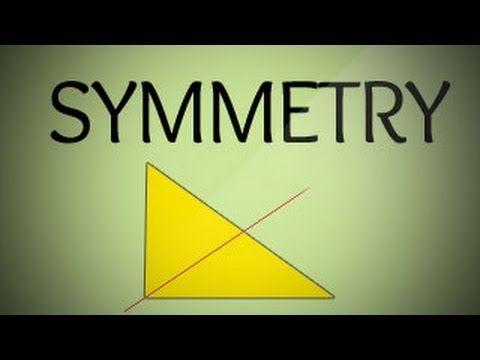
They are generally palindromes stylized to be visually symmetrical. Īlthough the term is recent, the existence of mirror ambigrams has been attested since at least the first millennium. This engraving is therefore readable in four directions. The first Sator square palindrome was found in the ruins of Pompeii, meaning it was created before the Eruption of Mount Vesuvius in 79 AD.Ī sator square using the mirror writing for the representation of the letters S and N was carved in a stone wall in Oppède (France) between the Roman Empire and the Middle Ages, thus producing a work made up of 25 letters and 8 different characters, 3 naturally symmetrical (A, T, O), 3 others decipherable from left to right (R, P, E), and 2 others from right to left (S, N). Many ambigrams can be described as graphic palindromes. Īmbigrams published in The Strand Magazine, June 1908. Sometimes the readings will say identical things, sometimes they will say different things. One can voluntarily jump back and forth between the rival readings usually by shifting one's physical point of view (moving the design in some way) but sometimes by simply altering one's perceptual bias towards a design (clicking an internal mental switch, so to speak). Īn ambigram is a visual pun of a special kind: a calligraphic design having two or more (clear) interpretations as written words. Hofstadter describes ambigrams as "calligraphic designs that manage to squeeze in two different readings." "The essence is imbuing a single written form with ambiguity". The word ambigram was coined in 1983 by Douglas Hofstadter, an American scholar of cognitive science best known as the Pulitzer Prize-winning author of the book Gödel, Escher, Bach. There are methods to design an ambigram, a field in which some artists have become specialists. Numerous ambigram logos are famous, and ambigram tattoos have become increasingly popular.

Drawing symmetrical words constitutes also a recreational activity for amateurs. It is a recent interdisciplinary concept, combining art, literature, mathematics, cognition, and optical illusions.

"Half-turn" ambigrams undergo a point reflection (180° rotational symmetry) and can be read upside down, mirror ambigrams have an axial symmetry and can be read through a reflective surface (like a mirror or a mirroring lake), and many other types of ambigrams exist.Īmbigrams are found in different languages, various alphabets and the notion often extends to numbers and other symbols. When flipped, they remain unchanged, or they mutate to reveal another meaning. Most often, ambigrams appear as visually symmetrical words. The term was coined by Douglas Hofstadter in 1983. Īn ambigram is a calligraphic design that has several interpretations as written. But true balance takes advantage of both symmetry and asymmetry.Ambigram of the word ambigram.
#LOGO WITH A REFLECTION SYMMETRY FREE#
Because of this, some designers use asymmetry to break free from the limitations and predictability of symmetry.Īsymmetry can be risky to work with for both novices and experienced graphic designers because the wrong composition can make the design appear chaotic. In the end, it might not have the desired effect. Your design may get lost in the crowd if it is too perfect, or too symmetric. On the other hand, anything that is not symmetrical is referred to as asymmetry. The goal of visual balance is to make a design appear evenly distributed throughout the composition. The visual quality of symmetry is the repetition of elements within an image along an axis, a path, or a center. But there is much more to the idea of balance than symmetry when it comes to design principles. One might assume that symmetry and balance are synonymous in general. When talking about balance and symmetry, both terms are often used interchangeably, but they are not the same.
#LOGO WITH A REFLECTION SYMMETRY TV#
In this article, we explore how we can use balance, symmetry, and asymmetry in design to better communicate with our audience while looking at how these were used in different places - TV shows, movies, paintings, websites, logos, and more.

Like a poster, the posts you share as a brand on social media can either have a long-lasting impact on the audience or may completely fail to communicate the core message. It does not matter if you are creating a symmetrical design or an asymmetric one. Photo by Yonghyun Lee on Unsplashīalance in art is a crucial element.

A poorly designed poster with a lot of visual clutter and a well-balanced poster exhibiting symmetry.


 0 kommentar(er)
0 kommentar(er)
